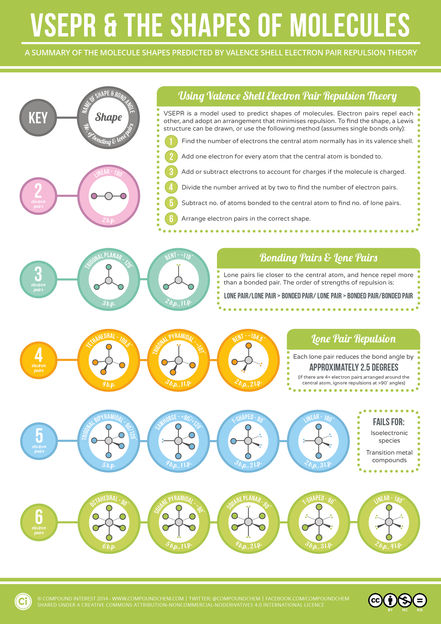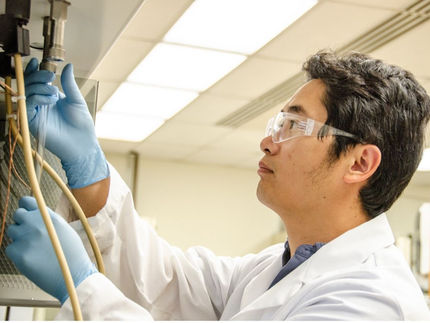High-value Opportunities for Lignin
Recent technological breakthroughs in lignin extraction and conversion could change the course of the oil-based chemical industry
Addressing markets worth more than 130 billion dollars, Lignin could become the main renewable aromatic resource for the chemical industry in the future. The first opportunity could emerge as early as 2015 from the direct substitution of phenol in most of its industrial applications: phenolic resins, surfactants, epoxy resins, adhesives or polyester.
"The industry is just beginning to scratch the surface of lignin’s potential,"explains Frost & Sullivan consultant, Nicolas Smolarski: “It is the only renewable source for industrial aromatics production and is de-correlated from the fluctuating price of oil.”
Lignin represents 30 per cent of all the non-fossil organic carbon on Earth. Its availability exceeds 300 billion tonnes, increasing annually by around 20 billion tonnes.A high quantity of lignin is found in wood, in which it represents 20–35 per cent in terms of weight. Compared to other wood components (cellulose and hemicelluloses), it is a much more complex polymer, but has been considered for a long time a low-quality and low-added-value material.
For example, as of 2010, the pulp and paper industry alone produced an estimated 50 million tonnes of extracted lignin, but only 2 per cent (1 million tonnes) was commercially used for low-value products such as dispersing or binding agents; the rest was burnt as a low-value fuel. Overall, the lignin business today represents roughly 300 million dollars.
However, new, developing technologies now allow the extraction of high-purity lignin which can be converted in various high-value chemicals and products, among which are BTX (Benzene, Toluene, Xylene), phenol, vanillin or carbon fibre.
Mr Smolarski explains that “one of lignin's unique strength is that it can either be used directly as a 'drop in' to replace phenols in an existing petrochemical process, or it can be further processed to create polymer building blocks.”
Inevitably, unlocking the potential of lignin involves taking down some barriers. “Limited technology maturity, weak links between R&D efforts and the industry, biofuel development draining government mandates and lack of funding options for biochemicals biorefiners are some of the main challenges to the emergence of cost-competitive lignin applications,” adds Mr. Smolarski
Frost & Sullivan explores these challenges and their potential lifts, and proposes a roadmap for the 10 years ahead. In his analysis, Mr Smolarski also reviews four promising lignin applications and extends a call for action to petrochemical companies. “The petrochemical industry holds by far the highest capacity to accelerate the emergence of lignin-based chemicals. Being the first mover on this market can assure technology leadership, strategic partnerships and a competitive edge.” concludes Mr Smolarski.
Topics
Organizations
Other news from the department business & finance

Get the chemical industry in your inbox
By submitting this form you agree that LUMITOS AG will send you the newsletter(s) selected above by email. Your data will not be passed on to third parties. Your data will be stored and processed in accordance with our data protection regulations. LUMITOS may contact you by email for the purpose of advertising or market and opinion surveys. You can revoke your consent at any time without giving reasons to LUMITOS AG, Ernst-Augustin-Str. 2, 12489 Berlin, Germany or by e-mail at revoke@lumitos.com with effect for the future. In addition, each email contains a link to unsubscribe from the corresponding newsletter.
Most read news
More news from our other portals
See the theme worlds for related content
Topic world Extraction
Extraction is a fundamental process in the chemical laboratory that enables specific components to be isolated and concentrated from a mixture. Whether it's extracting active ingredients from natural products, removing impurities from synthesis products, or preparing analytical samples, extraction is a key step in achieving precise and efficient results in chemical research and analysis.

Topic world Extraction
Extraction is a fundamental process in the chemical laboratory that enables specific components to be isolated and concentrated from a mixture. Whether it's extracting active ingredients from natural products, removing impurities from synthesis products, or preparing analytical samples, extraction is a key step in achieving precise and efficient results in chemical research and analysis.
Topic world Synthesis
Chemical synthesis is at the heart of modern chemistry and enables the targeted production of molecules with specific properties. By combining starting materials in defined reaction conditions, chemists can create a wide range of compounds, from simple molecules to complex active ingredients.

Topic world Synthesis
Chemical synthesis is at the heart of modern chemistry and enables the targeted production of molecules with specific properties. By combining starting materials in defined reaction conditions, chemists can create a wide range of compounds, from simple molecules to complex active ingredients.
Last viewed contents
Quinuclidone
2024_aluminum
Organoborane

GE Osmonics SAS - Le Mee sur Seine, France
DSM invests in biomaterials company Oxford Performance Materials

VSEPR & Shapes of Molecules
Nanogel
Category:Niobium_compounds

























































